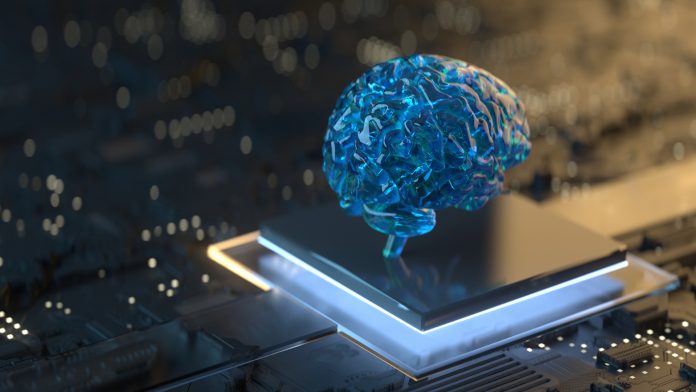Scientists at the University of Gothenburg, Sweden, have developed an Artificial Intelligence (AI) tool that offers new opportunities for analysing images taken with microscopes.
Their research shows that the AI tool, which has already received international recognition, can fundamentally change microscopy, and pave the way for new discoveries and areas of use within both research and industry.
Benjamin Midtvedt, a doctoral student in physics and the main author of the study, said: “Deep learning has taken the world by storm and has had a huge impact on many industries, sectors and scientific fields. We have now developed a tool that makes it possible to utilise the incredible potential of deep learning, with a focus on images taken with microscopes.”
The tool that Midtvedt and his research colleagues have developed uses neural networks learning to retrieve the information that a researcher wants from an image by looking through a huge number of images, known as training data. The tool simplifies the process of producing training data compared with having to do so manually, so that tens of thousands of images can be generated in an hour instead of a hundred in a month.
Midtvedt added: “This makes it possible to quickly extract more details from microscope images without needing to create a complicated analysis with traditional methods. In addition, the results are reproducible, and customised, specific information can be retrieved for a specific purpose.”
The AI tool allows the user to decide the size and material characteristics for very small particles and to easily count and classify cells. The researchers have already demonstrated that the tool can be used by industries that need to purify their emissions as they can see in real time whether all unwanted particles have been filtered out.
Midtvedt said: “We have already seen major international interest in the tool. Regardless of the microscopic challenges, researchers can now more easily conduct analyses, make new discoveries, implement ideas and break new ground within their fields.”








